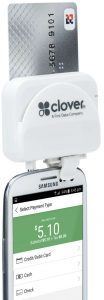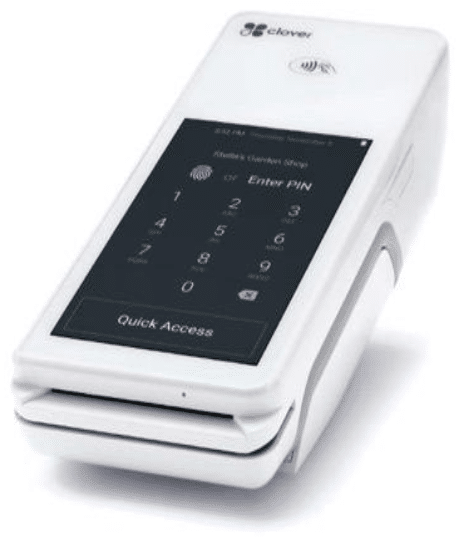Accepting credit cards is crucial in today’s digital economy. However, efficiently managing the myriad of cards that are presented to a busy merchant daily can be challenging. Fortunately, online merchant services assist in credit and debit card purchases and are only a few mouse clicks away.
Understanding how a credit card is processed illustrates the need for merchant services online providers. The purchase-to-payment cycle involves four basic steps. However, each step does have many sub-steps.
Step 1: Authorization
When a customer finds an item to purchase, he or she usually presents a credit card to the merchant. The merchant takes the card and sends a request to a merchant services provider. The merchant services online provider communicates with the credit card issuer, such as the customer’s bank, to authorize the transaction. If the customer does have available credit, the credit card issuer, such as a bank, sends an authorization code to the merchant services provider, who uses the code to authorize the transaction. This authorization tells the merchant to give the item to the customer.
Step 2: Batching
At the end of the workday, the merchant requests a payment from the merchant services provider. The merchant does this by collecting the day’s sales in a “batch” and sending the entire batch of sales to the merchant services provider.
Step 3: Clearing
When the merchant services online provider receives the batch from the merchant, it sends the batch through the appropriate card networks, such as Visa or MasterCard. The card network then sorts the transactions and forwards them to the card issuers.
When a card issuer receives a transaction, it then subtracts the interchange fee, which is distributed between the card issuer and the card network. Finally, the card issuer transfers this reduced amount to the merchant services provider. For example, if the customer buys a $100 item, and the interchange fee is $1.50, then the merchant services provider will receive $98.50 from the card issuer.
Step 4: Funding
Before the merchant services provider sends the funds to the merchant, it also deducts a fee, called a discount rate, for its services. The merchant services provider then sends the remainder of the funds to the merchant, and the customer who made the purchase is billed for the purchase price.
For example, the $100 total was reduced to $98.50 by the card issuer and the card network. The merchant services provider also deducts its discount fee — perhaps $0.50. After these deductions, the merchant receives $98.00 for the item, yet the customer still pays $100 for the item.
Since almost every customer uses a credit card, businesses that only operate in cash risk significant customer losses. Online merchants, in particular, must be able to process credit cards to acquire and retain customers. Furthermore, the sheer number of credit card issuers and credit card networks make using a merchant services online provider critically important for streamlined, accurate transactions. Of course, choosing the right provider is crucial in order to maximize profits by ensuring seamless transactions with both credit card networks and issuers.





Recent Comments